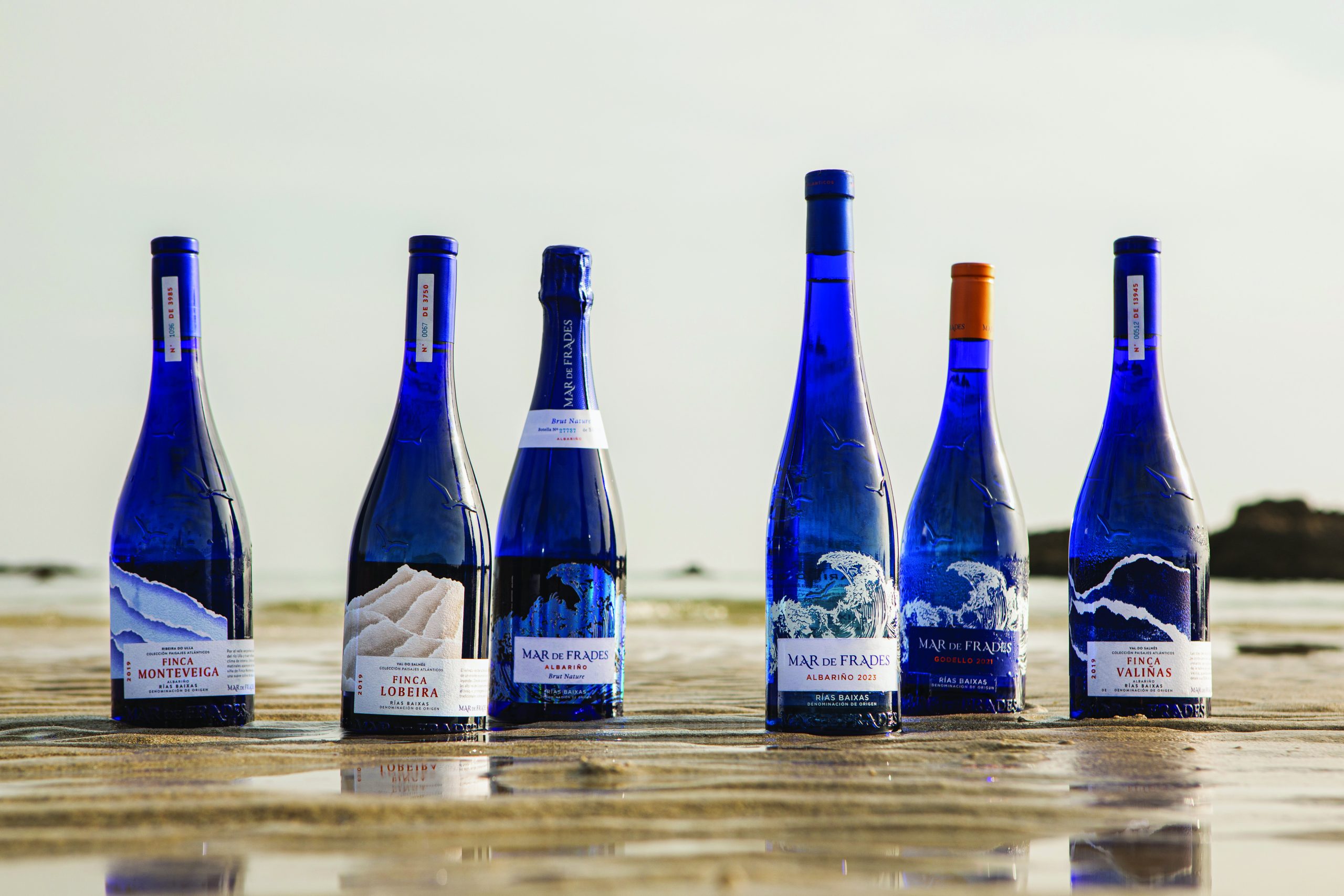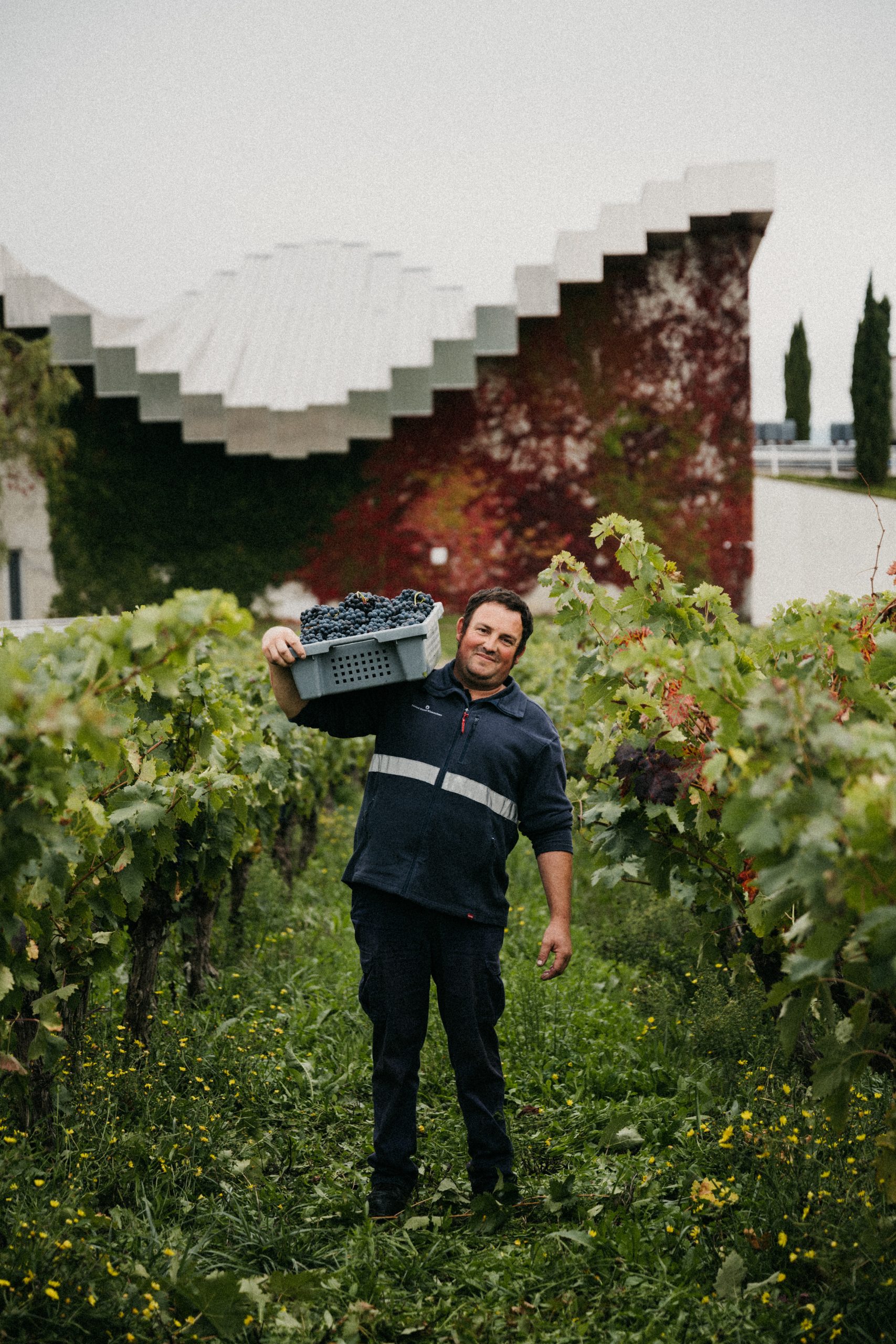Welschriesling at its best in Croatia
Welschriesling produces its best results in Croatia according to the country’s leading wine writer Saša Špiranec.
Speaking to the drinks business at the Wines of Croatia tasting in London yesterday, he said that the country’s Slavonia region, above all its Kutjevo appellation, was “the best place on earth” for the grape.
Welschriesling’s reputation had already been reappraised during a masterclass on the Croatian Uplands, led by UK wine writer Anthony Rose.
Called Graševina in Croatia, an example from Kutjevo made by Krauthaker was acclaimed for its aromatics, rich texture and freshness by Rose.
Speaking during the masterclass, which was held alongside the tasting, he commented, “For me, that’s the kind of wine that shines new light on Welschriesling,” before describing the grape as a star within Croatia, alongside Malvasia and Pošip for white wines.
Welschriesling is widely planted across Central Europe – where it’s also known as Laški Rizling and Riesling Italico (among other synonyms) – but according to Spiranec, it needs the warmth and humidity of Slavonia to reach its best.
Within this region he said that the Kutjevo appellation’s combination of humidity and south facing slopes were ideal for the grape.
He also, more generally, described the Croatian Uplands as source of crisp whites similar in style to those produced in Austria, where Welschriesling is widely planted.
However, he stressed Croatia’s superior results with the variety.
“Graševina is much better than in Austria, where Welschriesling is usually the cheapest wine – we are finishing with Graševina as a top wine because it is much warmer in Croatia than Austria.”
However, he said that the grape is very productive if not grown on low vigour sites and managed carefully.
“It gives a lot of yields if you want it to, which is why Welschriesling can be a thin wine,” he said.
In the right sites in Croatia, and where a green harvest is practised, Graševina will produce a wine that is full bodied with fresh acidity, and, stressed Spiranec, marked minerality.
Partner Content
Similarly, Rose said of the variety, “Controlling yields is vital for richness and quality in a grape like this.”
Speaking more generally about Croatian wine, Spiranec said that the country’s wines all shared a freshness derived from a mineral taste, which gives a salty, mouthwatering finish.
“Our wines are very rich in minerality – one thing all the regions have in common is minerality.”
According to Spiranec, other grapes making wines of quality from the country are Malvasia and Pošip as well as red grapes Plavac Mali and Babić, all of which are native to Istria and Dalmatia.
He also said that Istria’s indigenous Teran grape could produce great wines, highlighting a barrel-aged example from producer Franc Arman as one of the best reds he had ever tasted.
Judith Burns from Croatian wine importer Pacta Connect also stressed the quality potential in this grape, although she said that it was important to handle it gently and minimise the amount of new oak used during ageing.
Having shown a Teran from Istrian producer Piquentum, she said that the grape should yield wines which smell of fresh blood, pepper and mulberries, before comparing the best results to the aroma of a rare steak.
However, with the past focus from the trade and press on the more fashionable Istria and Dalmatia coastal wine regions, Rose urged people not to overlook the inland Croatian Uplands.
He also described the nation as “an undiscovered country being discovered now.”
Finally, Rose gave attendees of his masterclass a reason to visit Croatia.
“If you go to Istria you can now legally bring back white truffles – and Istrian white truffles are as good, if not better, than the much more expensive Piedmontese versions.”





went to Croatia in april may and tried their wines the Bos ki nac wines really great the “Graševina is also superb and very cheap but the quality excellent wish we could get in the UK
http://www.marksandspencer.com/Golden-Valley-Grasevina-2011-Case/dp/B0080ISEUM#CustomerReviewsHeader